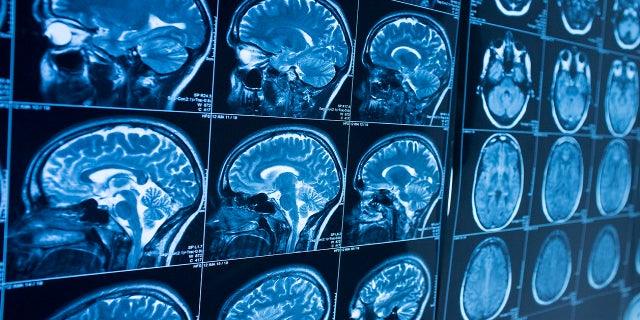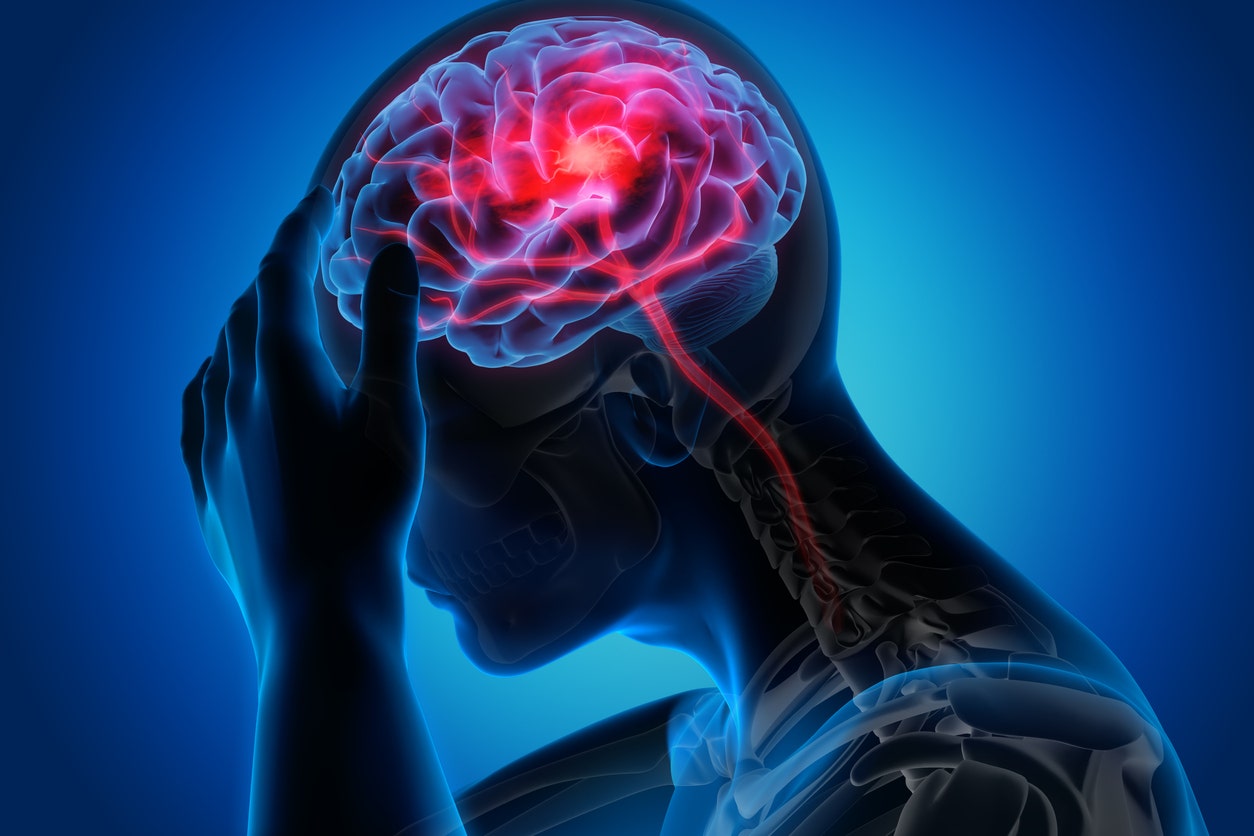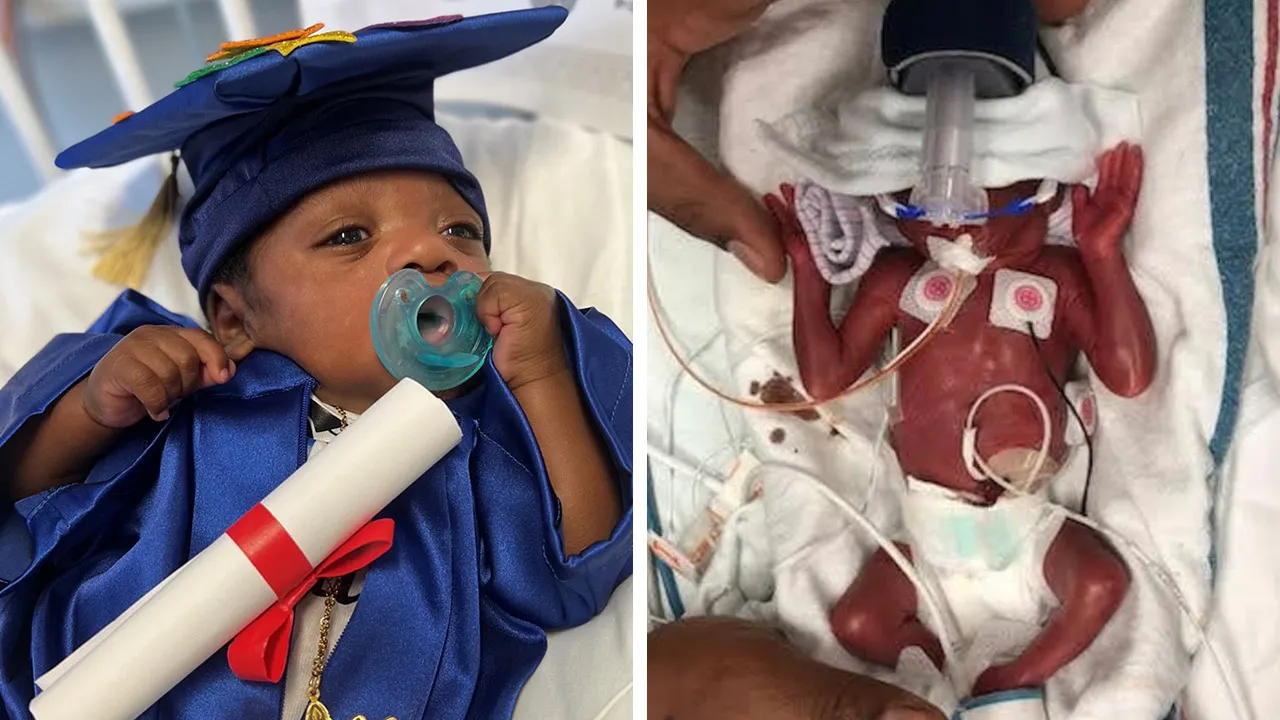Like Brad Pitt, do you have trouble recognizing people? It may be prosopagnosia or ‘face blindness’
NEWYou can now listen to Fox News articles!
Imagine not being able to recognize the faces of people you know, or people you should know if you’ve met them at least a few times. Imagine not even recognizing your own spouse in a photo — or yourself in the mirror.
This is a troubling reality for individuals who are diagnosed with prosopagnosia, a neurological disorder also known as face blindness.
Brad Pitt, 58, said in a recent interview with GQ that he thinks he has prosopagnosia — and the actor worries the disorder has led others to think he is “aloof, inaccessible [and] self-absorbed,” since he cannot recognize people he knows.
BRAD PITT SAYS HE HAS PROSOPAGNOSIA, RARE DISORDER THAT CAUSES FACE BLINDNESS
Pitt has not been officially diagnosed with the disorder, according to GQ.

Brad Pitt, shown here at the Oscars, recently said he worries that he might have face blindness, otherwise known as prosopagnosia.
(Getty Images)
Other prominent individuals who reportedly suffer from prosopagnosia include anthropologist Jane Goodall, actor Stephen Fry and Apple co-founder Steve Wozniak, according to Ingenium, a company in Canada that oversees science and technology museums.
Prosopagnosia is a neurological disorder characterized by the inability to recognize faces; it’s also known as face blindness or facial agnosia, according to the National Institute of Neurological Disorders and Stroke.
“The best estimates suggest that one to two percent of the population has developmental prosopagnosia — so going with a low estimate, that would be about three million people in the U.S.”
Fox New Digital reached out to Dr. Brad Duchaine, a professor of psychological and brain sciences at Dartmouth College in Hanover, N.H., for details about the disorder. Duchaine is a leading researcher in the study of prosopagnosia, as well as co-founder of Faceblind.org, a research and information website dedicated to the disorder.
Duchaine said those with prosopagnosia have substantial difficulties recognizing faces in the absence of deficits of low-level vision or general cognition.
DRINKING MAY SHRINK THE BRAIN EVEN IN MODERATE AMOUNTS, STUDIES SUGGEST
“Face recognition depends on a network on interconnected brain areas in the occipital and temporal lobes,” said Duchaine in an emailed message. “When this network doesn’t work properly, people have problems with face processing.”
He added, “The network can malfunction due to brain damage (acquired prosopagnosia), a failure to develop the network (developmental prosopagnosia) or degeneration.”

A series of brain MRI scans are shown here. “Differences in face recognition ability in the typical population result primarily from genetic differences,” said Dr. Brad Duchaine of Dartmouth College in New Hampshire.
(iStock)
Dr. Duchaine said that “the best estimates suggest that one to two percent of the population has developmental prosopagnosia — so going with a low estimate, that would be about three million people in the U.S.”
Are people born with this condition — or does it develop over time?
“Differences in face recognition ability in the typical population result primarily from genetic differences,” said Duchaine.
“Developmental prosopagnosia (DP) often runs in families, so it is likely that genetic factors play a big role in the emergence of most cases of DP. However, we haven’t identified any of the genes involved in face recognition yet,” he added.
“I expect that will change in the next 10 years.”
He also said, “We don’t have a good sense for how DP emerges during development, but many people recall problems early in life.”
SUNSCREEN HELPS PREVENT PREMATURE AGING AND SKIN CANCER: HOW TO PICK THE BEST ONE
So what must people know about the practical consequences of dealing with prosopagnosia, including in social situations?
“People with prosopagnosia experience elevated anxiety due to the many problems the disorder creates for social interaction,” said Duchaine.
He said that some people with prosopagnosia become more withdrawn.
One face blindness sufferer explained what it’s like to interact with others in an interview with “60 Minutes” in 2012.
“Who is that? I don’t know — I have no idea!”
“I can be sitting down at lunch having a discussion about one of my projects, and the guy across the table gets up from lunch and says, ‘Gosh, that sounds really interesting — when you have that meeting, can you invite me? Thanks — see you!'” the prosopagnosia sufferer said.
He shrugged. “Who is that? I don’t know — I have no idea!”
Duchaine also discussed how the frustrating disorder is diagnosed and treated.
“To categorize someone as prosopagnosic, the person must have difficulties in daily life,” he said.
CLICK HERE TO SIGN UP FOR OUR LIFESTYLE NEWSLETTER
He said formal testing involves two types of tests. “Tests of familiar face recognition require people to recognize either the faces of celebrities or faces from everyday life (e.g., friends, family, close acquaintances),” he said.
“In tests of unfamiliar face recognition, participants study a set of faces at the start of the test — and then must recognize them later in the test,” he said.
CLICK HERE TO GET THE FOX NEWS APP
Duchaine also said that anyone wondering about testing themselves at home to see if they have the condition can learn more at Faceblind.org.
Deirdre Reilly is a senior editor, lifestyle, with Fox News Digital.





